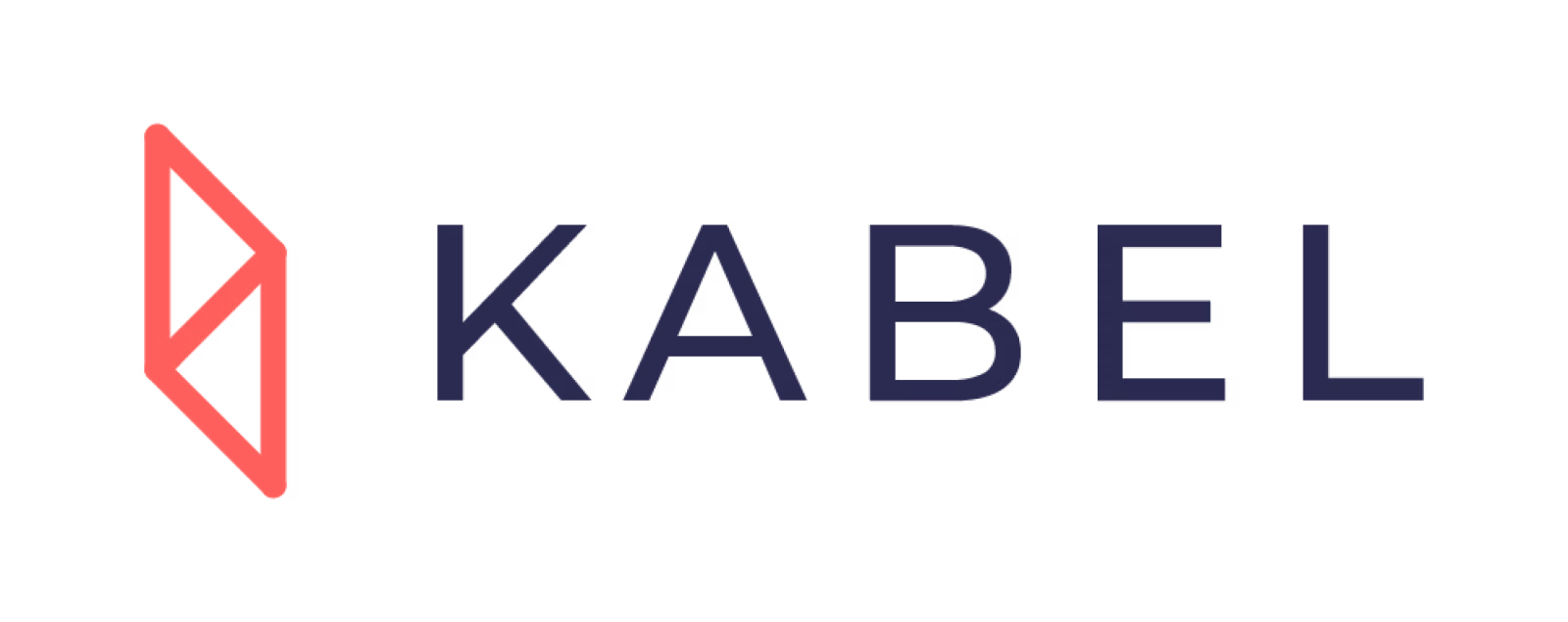Why “Readiness” Training Alone Won’t Future-Proof Your Workforce
For years, employers have been obsessed with readiness — the idea that people should come to work already prepared to deliver from day one.
But in 2025, being ready is no longer enough.
With AI, automation, and new business models reshaping work faster than we can plan, the winning teams aren’t the ones who are ready, they’re the ones who can adapt.
The “Ready to Deliver” Trap
Most training programs are built around readiness:
Onboard → Train → Deploy → Repeat
Teach people how to do things the right way, once.
That model worked when industries were stable.
But today, the “right way” keeps changing.
When tools, roles, and customer needs evolve every few months, readiness becomes outdated the moment it’s achieved.
Research shows that:
💡 72% of SMEs say their teams struggle to adapt to new tools even after training.
💡 3 out of 4 digitalisation projects stall because of slow learning cycles, not lack of skill.
💡 60% of employers report their biggest challenge isn’t finding talent, it’s helping them evolve fast enough.
So the question is no longer, “Are they ready?”
It’s “Can they learn faster than the market is changing?”
Agility Is the New Readiness
At the Youth Employment Initiative (YEI2.0), we saw this shift firsthand.
Hundreds of students worked on real business challenges. Many had never faced those problems before, but within days, they learned new tools, collaborated, and delivered real solutions.
They weren’t “ready” in the traditional sense.
They were agile.
They figured things out as they went.
They learned how to learn.
And that’s exactly what future-proof talent looks like.

What Employers Can Learn from This
Building an agile workforce isn’t about more training hours — it’s about creating conditions where people can learn, test, and adapt continuously.
Here’s what that looks like in practice:
- Micro-learning over macro-training: short, applied learning loops tied to real work.
- Experimentation over instruction: give employees room to test new approaches.
- Agility indicators over attendance scores: measure adaptability, problem-solving, and learning velocity.
- Mentorship over manuals: leaders who guide, not just train.
When you build for agility, you’re not just preparing people for one role — you’re preparing them for whatever comes next.
Ready to Rethink Readiness?
At Kabel, we believe “readiness” is no longer a finish line, it’s a starting point.
Our mission is to help companies identify, hire, and grow agile young talent — people who learn fast, adapt faster, and unlock new value for your business.
Because the future doesn’t belong to the most prepared.
It belongs to the most adaptable.
Discover how agile talent systems outperform traditional training →






